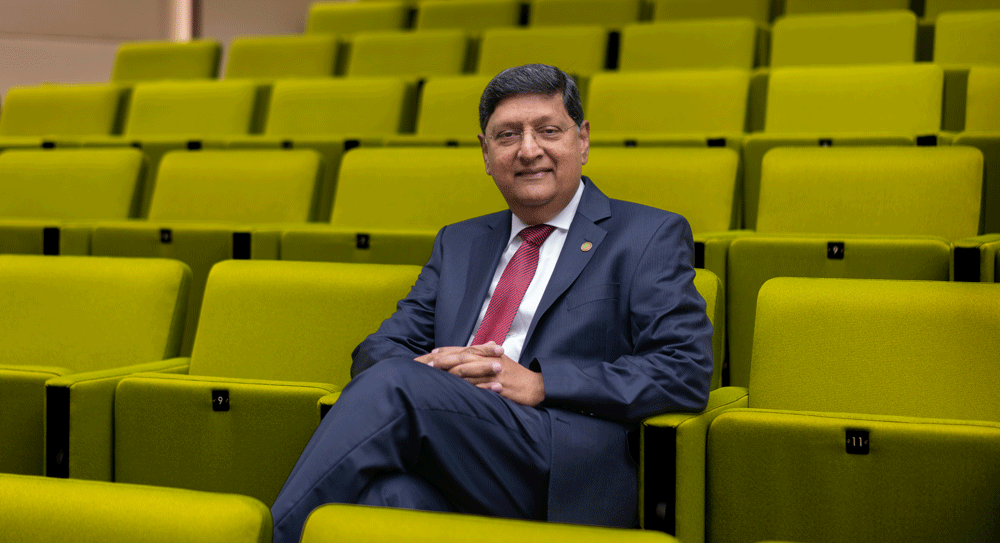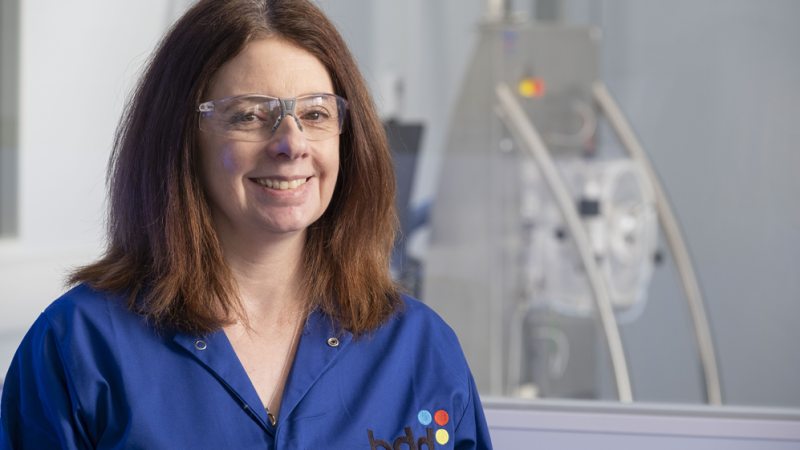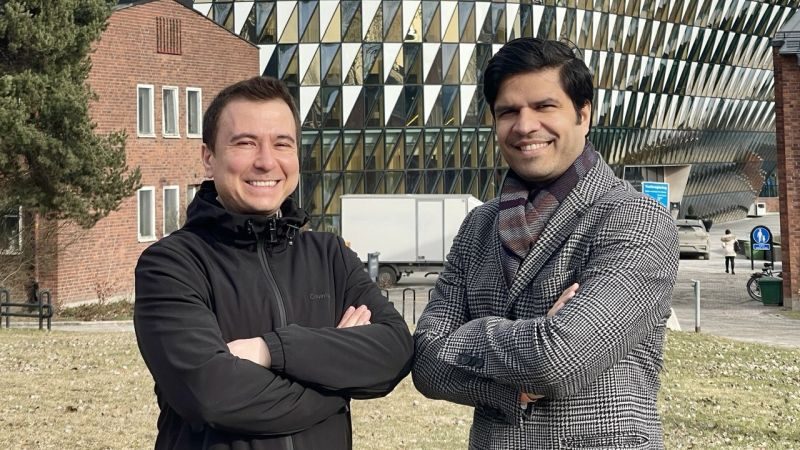From its Bahrain base, the doctors and nurses regularly went on medical camps to Qatar, the Arabian mainland (now called Saudi Arabia), the Trucial States (Now called UAE), and to Kuwait. Then oil was discovered in the region, decreasing the need for a charitable healthcare entity. This led to the closure of other branches of the hospital, leaving its final branch as the only functional hospital for the region of Bahrain for 125 years.
“The first thing that sets us completely apart is that we have been around for 125 years,” says Dr George Cheriyan, Corporate CEO and Chief Medical Officer of the hospital. “We have had a legacy in this part of the world for over a century. We have been witness to the Spanish Flu and the Covid pandemic. The reason we exist is to provide affordable care to the people of this region.”
As well as two global pandemics, the American Mission Hospital has seen many other changes come and go over the last one and a quarter century. The hospital has had to evolve to keep up with these changes.
“Over the last 125 years, the whole economy of this region has been transformed. From its humble beginnings as a charity mission hospital, we have had to keep up with the changes brought in by modernisation,” Cheriyan says. “From how the hospital was in the early 1900s, we have grown to operate out of five different locations in the kingdom of Bahrain. We have a presence in each of the Governates and we have opened a brand-new state-of-the-art hospital that will adapt and equip us with the very latest technology in the healthcare space.”
Modernisation does not just mean having the latest technology and equipment. It also means being willing to ask the big questions about what care means.
“People like to talk about quality, but what is quality exactly?” Cheriyan asks. “It is providing care, remaining customer or patient-orientated. It means orienting ourselves around four key pillars. The first of those is affordability and cost. Secondly, there is connectivity to the primary healthcare provider. We need to make sure that all care is coordinated. Thirdly, there is communication between the healthcare provider and the patient. Last but not least, there is the importance of compassionate care. We see digitalisation as an essential tool for providing compassionate care, clear communication, well-connected care providers, and affordable care. This is how we seek to remain highly competitive in the sector.”
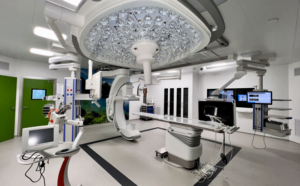 The key to applying this technology, Cheriyan explains, is the human touch.
The key to applying this technology, Cheriyan explains, is the human touch.
“Humanising these digital tools is so important in the future delivery of healthcare,” he says. “We understand this focus very well. We have found ways to stay connected to our patients while fulfilling their needs. When we hire and retain staff, we ensure they are fully trained in all the new technologies we bring in.”
But American Mission Hospital is also willing to look at the most fundamental assumptions of the healthcare sector to ensure it is expanding to our new definition of health. Delivering its holistic services as effectively as possible for the best outcomes, both in, and out of the hospital.
“We are focusing not just on the existing model of sickness care, but on the preservation of health,” Cheriyan tells us. “Increasingly we are focusing on raising public awareness to keep them healthy. We want them to stay out of hospital, preserving their health for the future.”
Combining the Local and International
This care depends on American Mission Hospital’s people even more than its technology. The organisation has close to 1,000 employees. Nearly a third of those people are local Bahrain staff, while the rest come from all around the world. India, the Philippines, the UK and the US all contribute people to the hospital.
“We have got about 30 nationalities that work with us,” Cheriyan shares.
American Mission Hospital understands the importance of taking care of its people. As Cheriyan points out, there is a global shortage of healthcare workers, and so the hospital values its people.
“We provide a greater sense of purpose for the staff that join us, so they understand the mission that we have,” Cheriyan points out. “Quality is paramount at the top and bottom ends of the organisation. We are not here for money; we are here for the quality of healthcare.”
American Mission Hospital does not just employ its staff, it is committed to their professional development. Cheriyan is the first to point out that American Mission Hospital does not offer the highest pay scales, but it does provide a host of other benefits, tangible and intangible, that allow it to attract and retain staff.
“We give them opportunities to self-develop and achieve personal and professional goals. That is key in retaining our staff, and why we have people working with us who have been here for as much as 16 years,” Cheriyan says. “This is reflected in our value system, or as we call it, ‘The Four Ts’; Trust, Transparency, Teamwork, and Training. This is the most important factor in helping us to recruit and retain our staff.”
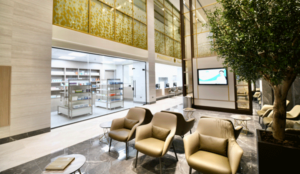 And the hospital will need those staff to fulfil its own ambitious plans. Cheriyan has overseen the launch of a new ten-year plan that has already been set in motion to deliver healthcare well into the future. That plan is built on six pillars.
And the hospital will need those staff to fulfil its own ambitious plans. Cheriyan has overseen the launch of a new ten-year plan that has already been set in motion to deliver healthcare well into the future. That plan is built on six pillars.
“The first pillar is our culture and values. We will never drift from the mission we have followed for 125 years,” Cheriyan says. “The second pillar is Person-Centred Care. Our primary focus is on patient needs. The third pillar is ‘training and development’ at staff and leadership levels. The fourth is digitalisation and AI, which is already disrupting healthcare. We are making sure we utilise technology to help our patients. The fourth pillar is Teaching, Training and Research, which will help us in building and facilitating the building of centres of excellence for treating women and children. We are working on collaborations with major players in the healthcare sector. The sixth and final pillar is that of a sustainable not-for-profit business model that builds on collaborations such as the ones with the Royal College of Surgeons of Ireland (RCSI) and Christian Medical College (CMC), Vellore. And we are in the process of signing agreements with other partners that will allow us to scale up.
These plants will complement the vision of Bahrain as a whole for the rest of the decade ahead.
“Bahrain as a country has laid out a 2030 Vision, and we have that overarching vision to be a leader not just in Bahrain but in the whole region,” Cheriyan says. “We are introducing customer-centric training for our staff and collaborating with major healthcare players to create a platform to transform healthcare.”
